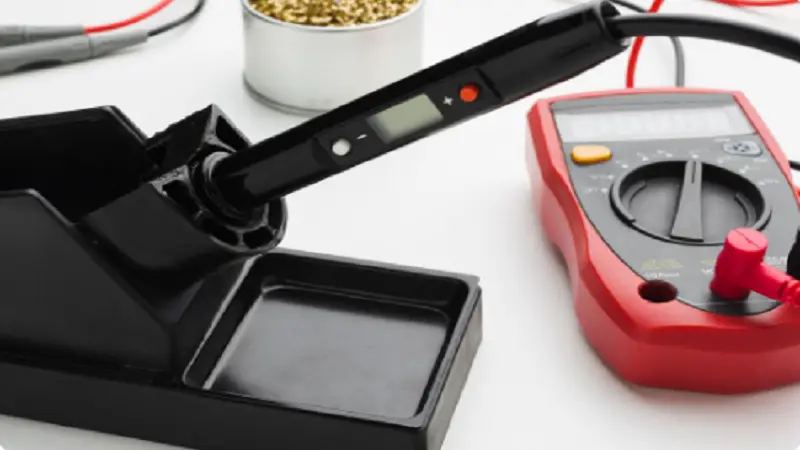6 Key Benefits of An Electronic Proportional Pressure Regulator
The electronic proportional pressure regulator is a device that can control the air pressure in machines very accurately. This regulator offers more than this. So, we have researched and compiled the top 6 benefits of this regulator in this blog. So, stay tuned to understand all of these benefits!
1) Smooth and steady control
What it means:
A proportional pressure regulator changes pressure step by step instead of in big jumps. This way, the changes happen very smoothly and in small steps.
Why it helps:
A machine needs to run smoothly without jerky movements. So, this regulator helps the machine run steadily without any shocks. Due to this, the parts of the machine also wear less often. This means it doesn’t require fixing the parts very quickly.
Simple example:
When the clamp closes, it moves slowly and carefully. This prevents the part from slipping or breaking.
2) Save energy and costs
What it means:
Another benefit of an electronic proportional pressure regulator is that it can adjust the pressure based on the exact requirements. This way, lots of pressure is saved that might be lost.
Why it helps:
When a system requires less air or power, this regulator gives the exact amount of pressure. This way, you only pay for what you have used, not for extra.
Simple example:
A machine that fills bottles uses lower pressure for small bottles. It keeps full levels correct and uses less energy.
3) Faster setup and easier tuning
What it means:
It is possible to adjust the pressure via a small display or by receiving a command from a controller. In addition, one can also store the settings and distribute them to other devices.
Why it helps:
Technicians do not have to change the knobs as frequently. The settings are done in the same way each time. The work can be accomplished in less time. The new employees can pick up the operation of the machine in a short time.
Simple example:
At the beginning of a new shift, the operator will retrieve the saved configurations. The equipment will continue to operate in this way for the entire day.
4) Better product quality
What it means:
A proportional pressure regulator maintains the pressure at a constant level for operations such as cutting, holding, or filling. Uniform pressure allows each unit to function in the same way as the first one, i.e., to be repeatable.
Why it helps:
Every product is identical and have the same functionalities. As a result, less waste is generated. The output of quality products per day increases. The customers receive a consistent quality product with each purchase.
Simple example:
The regulator maintains the seal at a constant pressure in case the seal requires a steady pressure.
5) Less noise and gentler motion
What it means:
The device prevents intense pressure variations which cause loud noises. It allows the valves to open and close gradually.
Why it helps:
Staff can perform their tasks in a more silent environment. The different components operate softly. Machines are less stressed and have a longer lifespan. Quiet machines improve the atmosphere of the workplace.
Simple example:
When a press is decelerated at the point of contact with parts, it Produces a lower noise level and doesn’t vibrate.
6) Works well with control systems
What it means:
An electro pneumatic regulator is a simple connection to computers and controllers. In order to inform the control system what the pressure is, it provides feedback.
Why it helps:
During a run, it is possible for you to make changes that are automatic. The entire facility responds very quickly to issues. By using one location, both monitoring and adjusting are done. This simplifies those difficult works which require a lot of small changes.
Simple example:
When a sensor detects a variation, the controller immediately sends a request to the regulator to alter the pressure.
Short wrap-up
This is an article demonstrating the ways in which an electronic proportional pressure regulator can improve the stability of machines, lower their running costs, and facilitate their management. Not only does it assist in maintaining a high standard of output, but it also ensures quieter workspaces. If you want a small modification that can improve several sections of a system, then you should definitely consider this device. Get a demonstration from a supplier, it’s really worth it.




